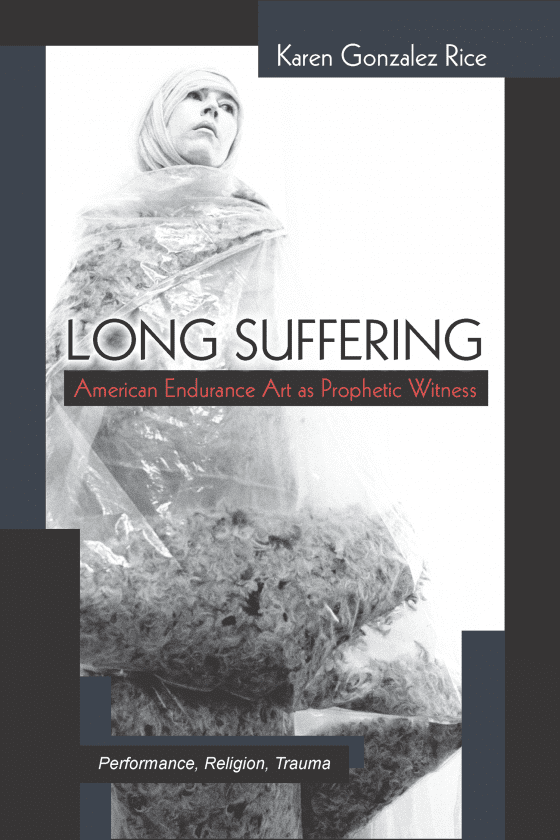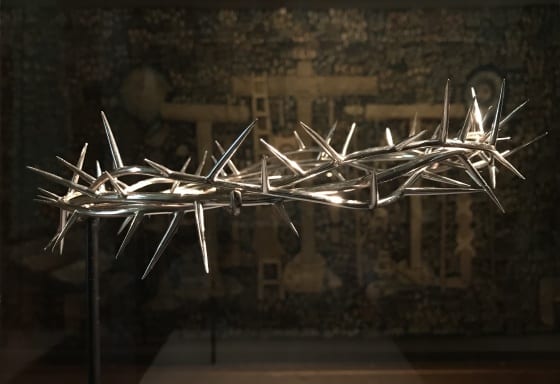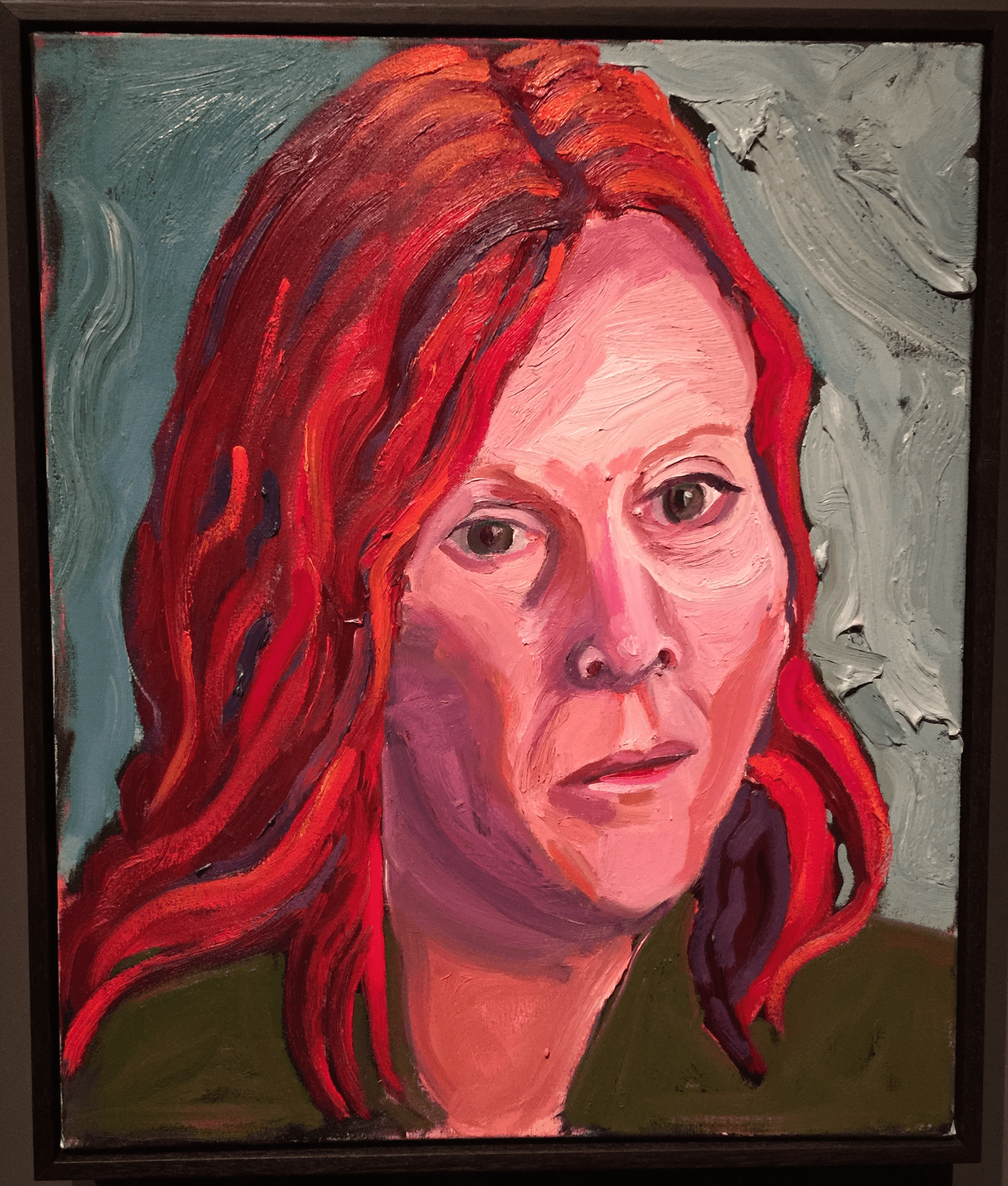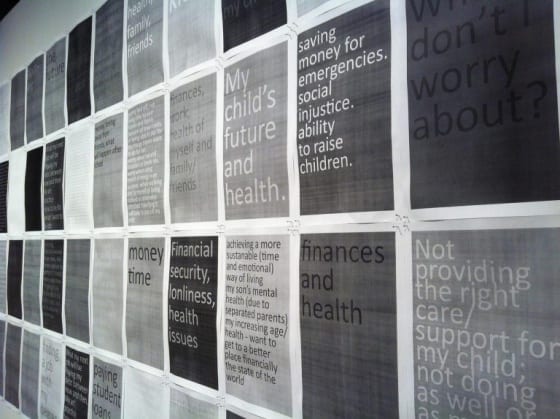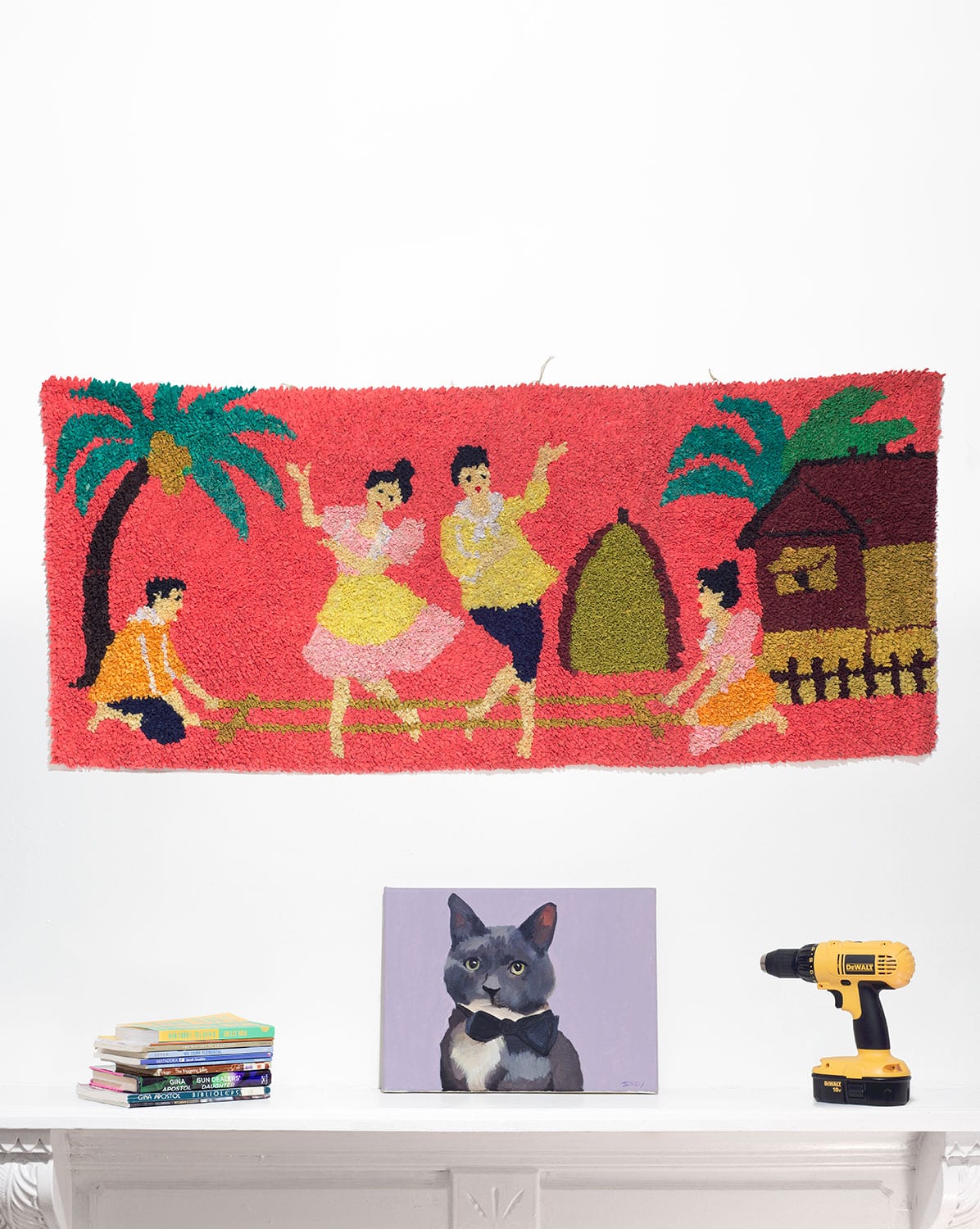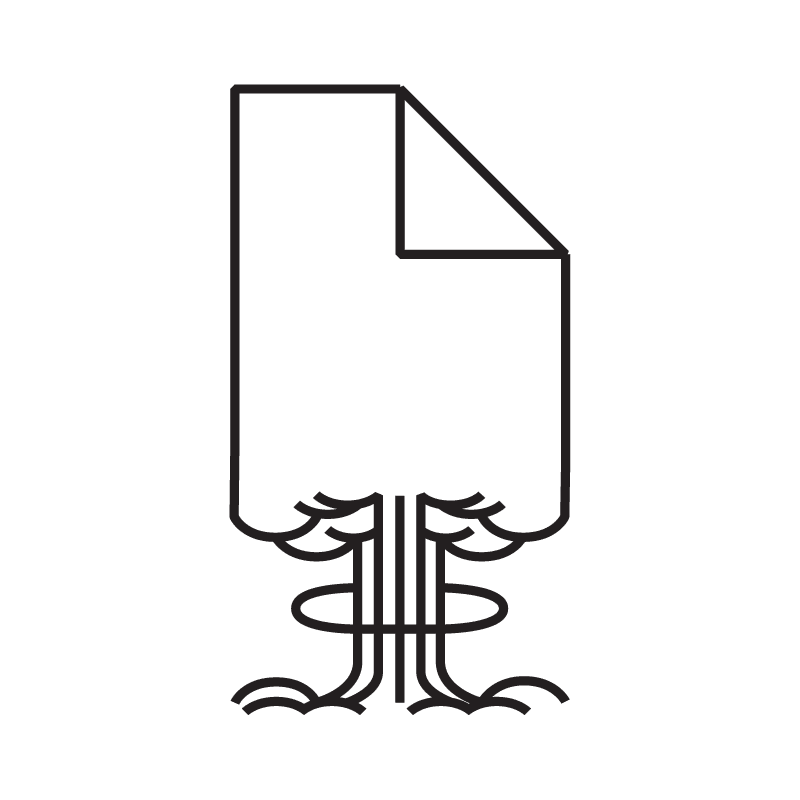Walker Downey explores sound—and the various societal, artistic, and militaristic attempts to eliminate it—through the work of Doug Wheeler, in particular his 2017 exhibition PSAD Synthetic Desert III at the Guggenheim Museum
Intimacy, Distance, and Disavowal in Art Publishing: Conversations with Dushko Petrovich
Dushko Petrovich leads a series of conversations about the tensions and processes of art publication, speaking to the parties involved with, and implicated by, Steven Nelson’s two-part Hyperallergic essay of June 2018
Chickens, Saints, and Corpses: Endurance Art in the United States
Dominic Johnson reviews Long Suffering: American Endurance Art as Prophetic Witness by Karen Gonzalez Rice
“I WAS HERE BUT I DISAPEAR”: Ivanhoe “Rhygin” Martin and Photographic Disappearance in Jamaica
As the latest addition to the Afrotropes series, Krista Thompson reflects on the extensive photographic and cultural legacy of Ivanhoe “Rhygin” Martin and the circulation of images in Jamaica and beyond
Inhabited Divinity
Risham Majeed reflects on the current exhibition Heavenly Bodies: Fashion and the Catholic Imagination at The Met Cloisters, looking at how the disjunctions of architecture, costumery, and religious iconography “join to create cohesive desires, unmoored from historical boundedness”
Warriors and Volunteers: A Review of George W. Bush, Portraits of Courage
In a new essay, Melissa Warak reviews Portraits of Courage: A Commander in Chief’s Tribute to America’s Warriors, an exhibition of the paintings of George W. Bush
Beyond Survival: Public Funding for the Arts and Humanities
Sarah Kanouse, Jeremy Liu, Catherine Morris, and Mimi Thi Nguyen seek 500-word responses from communities of art-making, scholarship, and exhibition practice regarding public funding for the arts in an environment of heightened scarcity and competitiveness
Digging into Aldiss’s Earthworks and Smithson’s “Earthworks”
Scholar Suzaan Boettger traces the generative interplay between science-fiction author Brian Aldiss’s novel Earthworks and the Land art practice of Robert Smithson
Caitlin Masley-Charlet in Conversation with Elisabeth Smolarz
Caitlin Masley-Charlet sits down with artist Elisabeth Smolarz to discuss Smolarz’s recent residencies and projects, and the importance of failure, artistic community, and cross-pollination between practitioners
Exchange: Geeta Kapur, Saloni Mathur, and Rachel Weiss
Geeta Kapur puts forth a thirteen-part text, “Proposition Avant-Garde: A View from the South,” with critical responses by Saloni Mathur and Rachel Weiss
Citation Bombing: Tactical and Symbolic Subversion of Academic Metrification
Zach Kaiser presents his app CitationBomb, as well as his theory and practice of scrambling and hacking the contemporary metrics of academic success. In “overflowing the commodity market for citations,” Kaiser questions the value systems we assign to knowledge production and consumption
Decentering Land Art from the Borderlands: A Review of Through the Repellent Fence
The 2017 film Through the Repellent Fence looks at Postcommodity’s practice and its relation to and divergences from Land art traditions. Emily Eliza Scott explores the film and the role of art along the US-Mexico border


